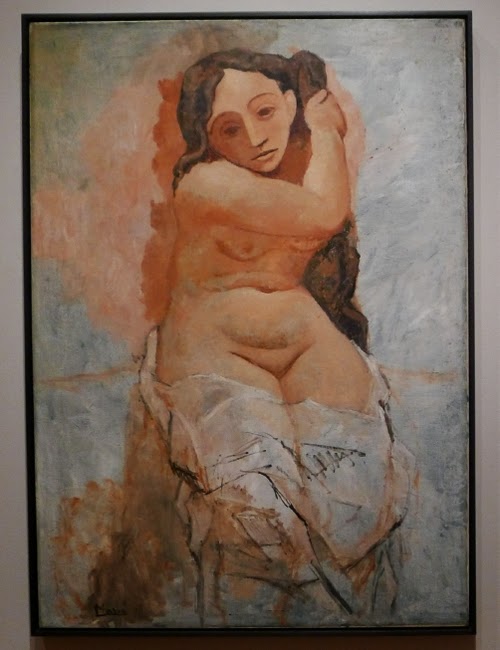An artist wishing to live on more than bread crumbs and well wishes will likely need to find a way to turn their precious pieces of art into soulless lumps of cash. The alternative of working a soul crushing job is hideous to some, so the question of what to charge for art becomes an important business.
It varies by artist and medium, but the two most common positions an artist will find him- or herself in is either creating their own personal works and selling it to a client or gallery, or being hired to produce a piece for a business or individual.
There are many different guides available to help an artist find the right price tag to attach to a piece. An article by art consultant Alan Bamberger on
ArtBusiness.com describes the importance of a realistic perspective when pricing art. Some of the pricing factors include practical components, like the cost of materials and the amount of the time spent by an artist in creating a work. Less easily calculable variables include the price tag of other pieces of art that are similar to the one newly created, and the value of an artist’s previous sales. An artist whose only professional experience is selling self-portraits to family members won’t have a real frame of reference as to what those paintings might actually sell in the marketplace. He or she must look at what prices people (who they don’t share any DNA with) are actually paying for artwork and adjust the price tags accordingly.
Bamerberger also mentions the danger of selling a piece of art that the artist is personally attached to. The value of a personal story connected to a piece, while possibly alluring to some collectors, often doesn’t justify a higher price. Artists are cautioned against pricing based on personal attachment to a piece when the only thing most visitors to a gallery or website will see is a price tag.
An artist hired by a client faces a different set of circumstances. Aside from payment for services rendered, there are additional complications like usage rights and royalties. As a result, signing a contract before the work is produced offers far more legal framework for artists who work in graphic design, animation, or any most other visual mediums
Although there are still no concrete rules as to what a constitutes a “fair rate”, there are things that must be considered before attaching monetary value to artwork. Aside from all the considerations mentioned above, an artist must also consider where their work will be featured and how many people it will be seen by. A rate quoted to a major publication reaching hundreds of thousands would be unreasonable if it was also quoted to a local newspaper reaching only a few hundred, even if it is the same image being sold.
The state of the economy also has an impact on artists, particularly on professionals who find their work less appealing when compared to cheap alternatives like stock photos and images. That being said, the Graphic Artist Handbook: Pricing and Ethical Guidelines, 14th Edition advises avoiding lowering fees at all costs. Lowering the price of art devalues it in the marketplace, and “what other professional service industry has lowered its fees in the present economy?”
One other major factor determines price, and that’s if anyone wants an artists work. Though the factors above can influence what dollar value will be placed on a work of art, it only means something if someone is willing to pay it. In his 1989 book Pricing the Priceless, William D. Grampp wrote “what they have is worth what is given up in order to get it, because no one pays more for anything than it is worth to him.” In short, the only way to properly ascribe a monetary value to artwork is by finding someone who is willing to pay that price.

















































